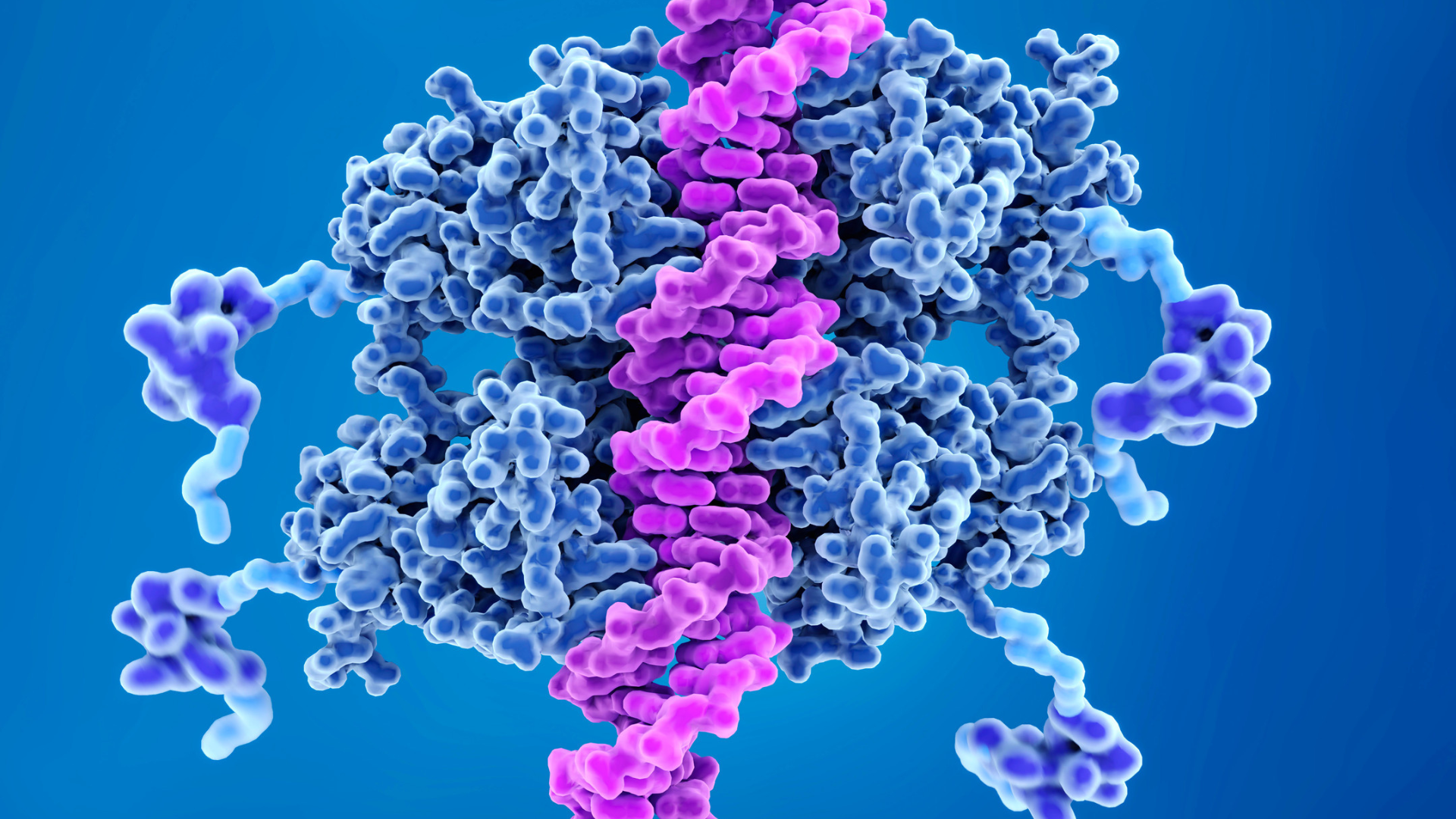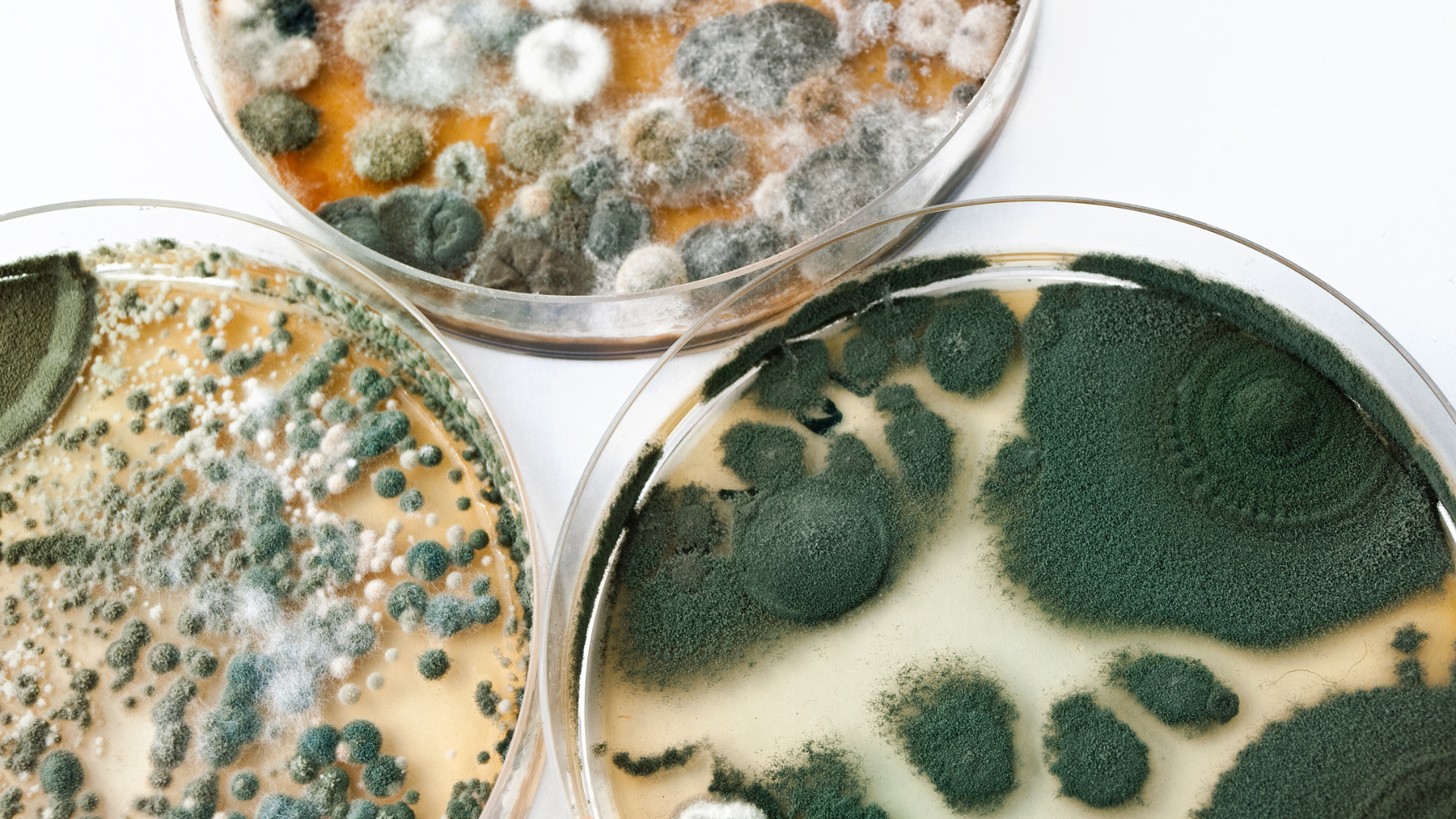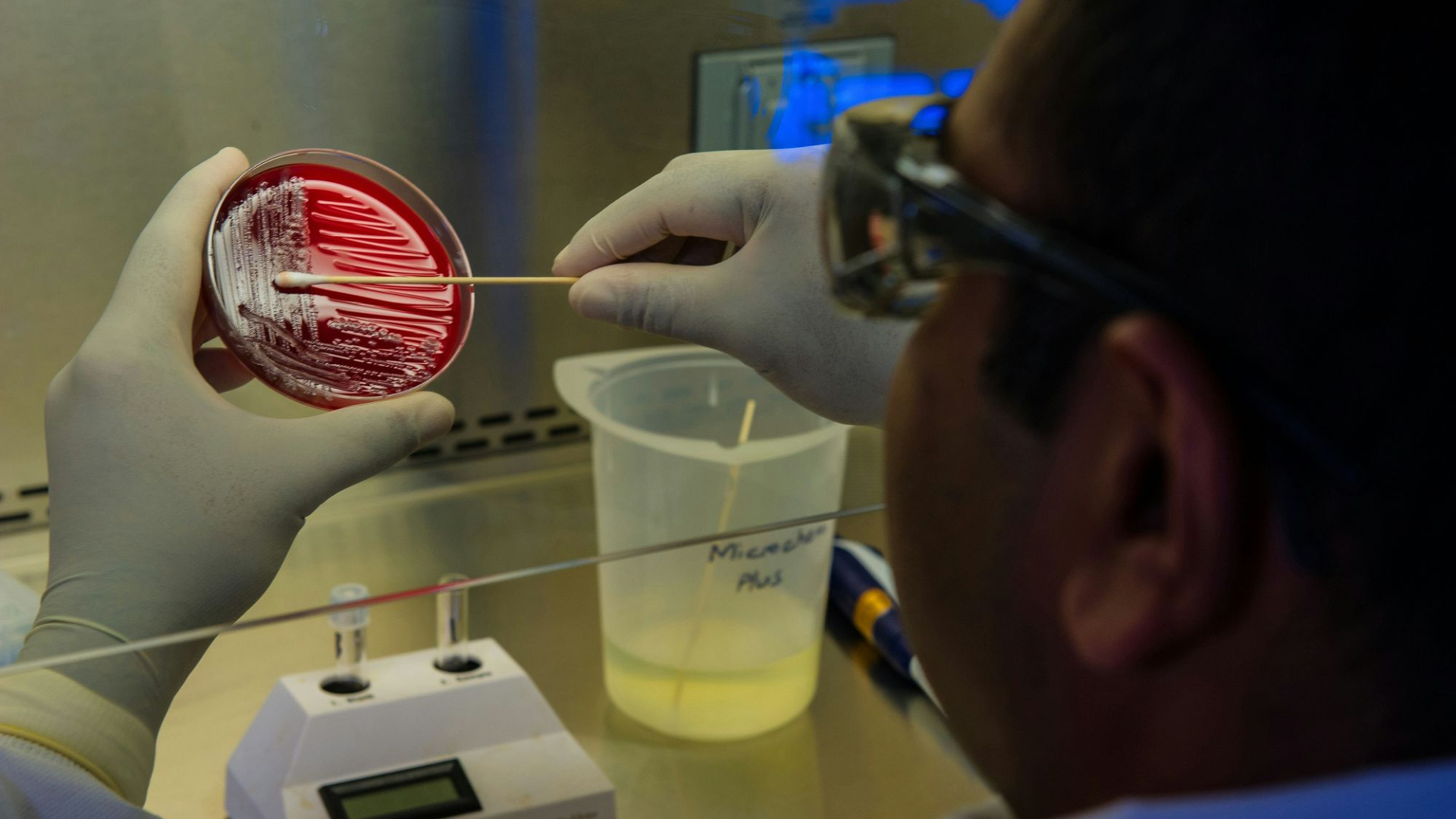In today’s tech-savvy world, genetics and microbiology are no longer exclusive to advanced labs and professional scientists. With accessible tools and information, you can explore these fascinating fields from home. This article provides a guide to empower your inner scientist: discover DIY genetics and microbiology biohacks to unleash your inner scientist.
Understanding the Basics
Genetics 101: The Blueprint of Life
Genetics studies genes, which carry instructions for the development and function of all organisms. Understanding DNA, RNA, and gene expression is crucial for genetic biohacking.
Microbiology 101: The Invisible World
Microbiology studies microorganisms like bacteria, viruses, fungi, and protozoa. These tiny entities play essential roles in health and the environment. Learning about microbial structure and function is key to microbiology biohacks.
DIY Genetics: Exploring the Code of Life

CRISPR: The Revolutionary Gene Editing Tool
CRISPR is a powerful gene-editing technology. DIY kits are available for home experiments, allowing you to edit genes with precision.
Tip: Start Simple
Begin with basic experiments, such as making bacteria antibiotic-resistant or making yeast glow. These projects help you understand CRISPR and build confidence.
Genetic Engineering with Plasmids
Plasmids are circular DNA molecules used to introduce new genes into bacteria or yeast. Open-source repositories like Addgene provide valuable resources.
Tip: Utilize Open-Source Resources
Access plasmid libraries and protocols to design your genetic engineering projects.
PCR: Amplifying DNA
Polymerase Chain Reaction (PCR) amplifies specific DNA sequences. It’s a crucial tool for analyzing genetic material from various sources.
Tip: Invest in a Thermal Cycler
A thermal cycler is essential for PCR. Look for affordable models for home labs.
DIY Microbiology: Harnessing the Power of Microbes

Culturing Microorganisms
Culturing bacteria, yeast, and fungi is fundamental. Use simple equipment and media to grow your microorganisms.
Tip: Maintain Sterility
Prevent contamination by working in a sterile environment and using clean tools.
Fermentation: Microbial Alchemy
Fermentation uses microbes to produce products like alcohol and probiotics. DIY fermentation can range from brewing beer to making yogurt.
Tip: Experiment with Different Cultures
Try various microbial cultures to create unique fermented products.
Microbial Fuel Cells: Generating Electricity
Microbial fuel cells (MFCs) use bacteria to convert organic matter into electricity, showcasing the potential of microbes in sustainable energy.
Tip: Start with Simple Setups
Use common materials like soil and water to build basic MFCs and experiment with different microbes.
Safety and Ethics: Navigating the DIY Landscape

Prioritize Safety
Always prioritize safety by using protective gear and working in well-ventilated areas. Follow established protocols to minimize risks.
Understand Legal and Ethical Implications
Be aware of regulations and ethical guidelines for genetic experiments. Respect privacy and obtain consent for human-related experiments.
Conclusion: Embrace the Spirit of Discovery
DIY genetics and microbiology offer endless possibilities for innovation. By understanding the basics, experimenting with accessible tools, prioritizing safety and ethics, and engaging with the community, you can unlock new scientific horizons. Keep detailed records of your experiments and share your insights to contribute to the broader scientific community. Empower yourself with knowledge, tools, and curiosity to explore the exciting world of DIY biohacks.





